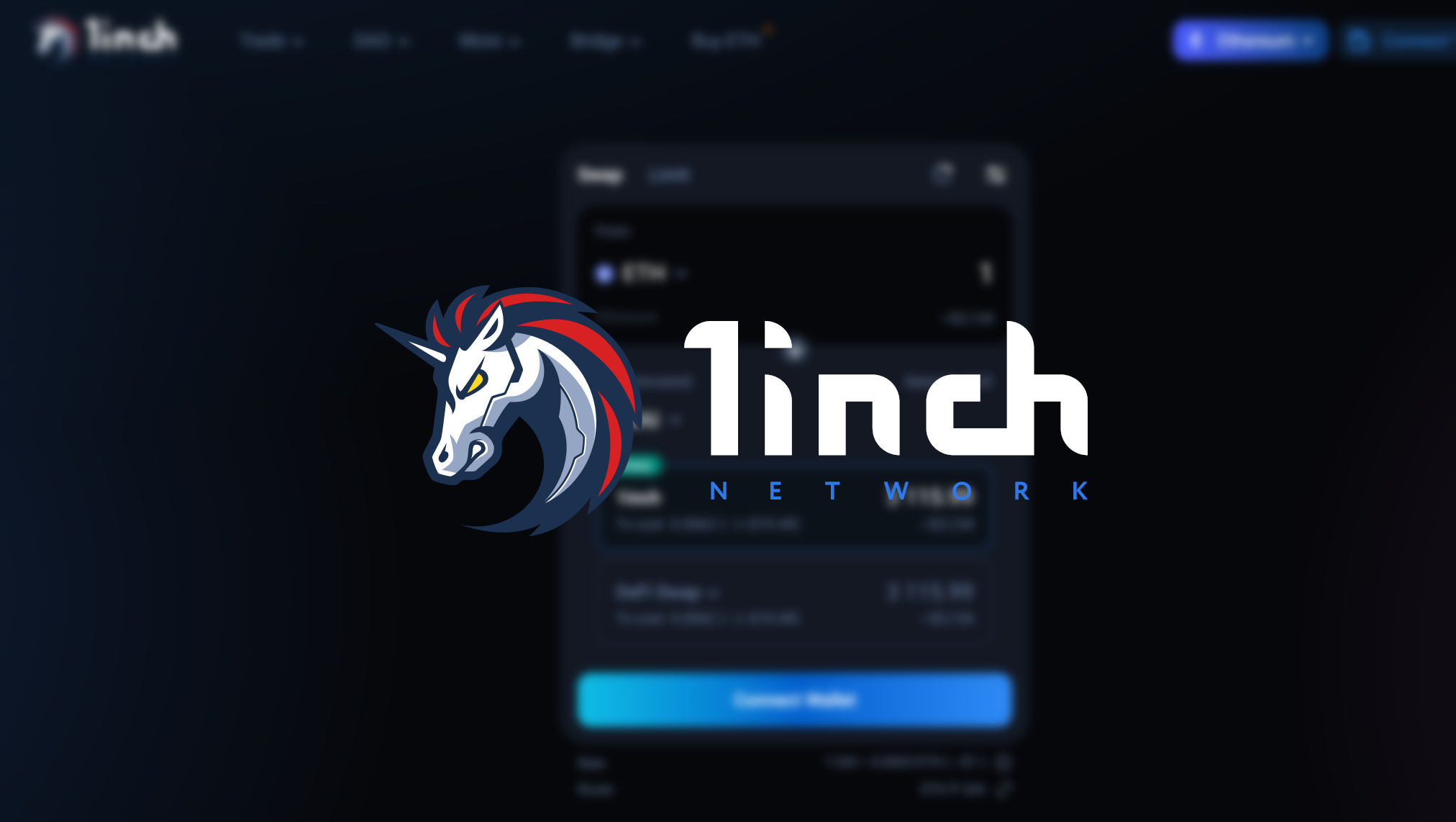We will look back on 2023 as the year when real-world assets (RWAs) finally seized the spotlight they have long deserved.
Amidst a year marked by diverse sentiment, fluctuating market conditions and rising off-chain yields, tokenized RWAs stepped up to meet the challenge of a looming liquidity crisis in the space. By bringing the “risk-free rate” on-chain, builders working with tokenized T-bills and real estate helped create a critical backstop to prevent even larger capital flight from crypto during the bear market.
Since the inception of DeFi Summer, one fact has been universally acknowledged: DeFi yields surpass those in traditional finance, a clear trade-off for the heightened risks associated with investing and lending capital on-chain.
Yet, 2023 witnessed an unexpected shift. Following the market crash in 2022, the demand for on-chain borrowing against cryptocurrencies dwindled almost overnight, leading to a drastic reduction in supply APRs for stablecoins on lending markets. This occurred alongside the Federal Reserve’s aggressive interest rate hikes.
All of a sudden, the “risk-free rate” was higher than the USDC pool on Aave.
What should a responsible degen possibly do when met with such a conundrum? This is the question many of us found ourselves asking in 2023, watching stablecoin TVL plummet as capital fled off-chain. From a peak in May ‘22 to the bottom in August ‘23, we saw stablecoin supply fall nearly 35%, from $181 billion down to $123 billion.
Read more from our opinion section: There’s too much trust in zero-knowledge tech
For the majority of crypto natives and DeFi users, the financial and emotional barriers to moving funds off-chain are nearly insurmountable. If off-chain yields are now higher than on-chain returns, the builder must simply bring those yields into DeFi.
And that was the story of 2023. Protocols began to tokenize off-chain yields sourced from T-bills to corporate debt to real estate. And a new narrative was born: RWAs.
This set the stage for a proliferation in RWA tokenization, increasing liquidity and accessibility of high-quality digital assets for those who normally would not be able to invest in them. Martin Carrica, as one example, created Mountain Protocol to solve this exact issue, bringing dollar-pegged value preservation and risk-free yields to customers in countries experiencing rapid inflation. With traditional finance institutions also increasing their own tokenization efforts, the explosion in RWA liquidity was underway.
Though critics were initially skeptical about RWA tokenization — centralization and regulatory concerns remain — Adam Levi, co-founder of Backed, sums it up when he says, “The market needs stable yields. In a bear market, fixed-income products provide this.” The RWA yields were too juicy to ignore, and ultimately proved to be a critical tool in the category’s ability to weather the “crypto winter.” Bringing off-chain yields on-chain prevented a more significant loss of TVL as the bear market ground on.
As a result, the RWA category witnessed a remarkable surge. According to a report from Galaxy Digital, “non-stablecoin RWAs grew in on-chain value by $1.05 billion in 2023, $855.7 million (82%) of which has come from Treasuries, real estate and private credit — all yield-bearing assets.”
On DefiLlama, the category shows a similar growth pattern, from $763 million at the year’s start to $5.5 billion at the time of writing. This includes contributions from relatively new tokenization protocols like Ondo, MatrixDock, Tangible and Mountain Protocol as well as MakerDAO, the bluest of DeFi blue chips, embracing off-chain yield to establish itself as the category lead by TVL for real-world assets. The evolution of DAI, once solely backed by ETH — the most pristine crypto collateral — to now include RWAs is a testament to the transformative year of 2023.
However, the real transformation is just beginning.
It’s one thing to bring off-chain yields on-chain; however, 2024 will ignite new inspiration for builders to create technologies that will fully unlock how these new sources of yield are plugged into DeFi through the natural composability of the space. Investors are hungry for new and improved solutions to existing services like instant leverage, self-replaying loans, liquidity strategies and other flywheels unlocked by this uncorrelated flow of yield.
The meteoric rise of RWAs hasn’t even begun, but the match was lit in 2023. RWAs will be, by many multiples, the largest category in DeFi, flipping even the venerated liquid staking derivative category.
Sourced from cryptonews.net.










